The Aleppo CookbookCelebrating the Legendary Cuisine of Syria
AN INSPIRING COLLECTION OF RECIPES FROM ONE OF THE WORLD’S OLDEST CITIES
It is hardly surprising that Aleppo, one of the world’s oldest continuously inhabited cities, is also home to one of the world’s most distinguished and vibrant cuisines. Surrounded by fertile lands and located at the end of the Silk Road, which passed through Central Asia and Mesopotamia, Aleppo was a food capital long before Paris, Rome, or New York. Its diverse communities of Arabs, Kurds, Armenians, Circassians, and others contributed to its culinary traditions and produced a vast selection of different types of dishes—and no less than 20 kinds of kibbeh recipes.
Here, one of the Arab world’s most renowned chefs unlocks the secrets to this distinctive cuisine in this comprehensive cookbook filled with practical guidance on Middle Eastern cooking techniques as well as step-by step explanations of over 200 irresistible recipes, such as Chili and Garlic Kebab, Syrian Fishcakes, Lamb Stuffed Eggplants, Semolina and Butter pudding, and the queen of the mezze table, Red Pepper and Walnut Spread. Divided into 15 chapters (Basic Recipes, Appetizers and Mezze, Soups, Salads and Accompaniments, Grains, Fish, Poultry, Meat, Kibbeh, Stuffed Dishes, Vegetables, Stews, Bread, Desserts and Sweets, Pickles and Preserves, and Beverages), traditional cooking and preservation methods go hand-in-hand with modern combinations of flavors and today’s desire for healthful and natural meals.
Wonderful full-color photography of the food, people, and markets of Aleppo make this a stunning cookbook, a great gift for food lovers, and a fitting tribute to a beautiful city and the suffering its people have endured.
Marlene Matar is a highly accomplished chef and cooking teacher. She attended Beirut’s L’Academia Italiana Bella Cucccina, Montreal’s Ecole Professionnelle de Cuisine Chinoise and received a Grand Diplôme in cooking and pastry from Le Cordon Bleu in Paris. In 1999, Marlene started her own cooking school and has since amassed a devoted following. She appears regularly on Lebanese TV and her work has been featured in numerous publications. She lives in Beirut, Lebanon.
Aleppo has been in the news for some very tragic reasons. Can you tell us a little about this historic city and its people?
Aleppo is an old ancient city, one of the oldest continuously inhabited in the world, you see this in the city’s gates and architecture of the old towns, but what strikes you first is the Aleppo citadel, gigantic and dominating the city center. It is close to the souks that is the pulse of the city and largest covered market in the Middle East and the world with 12 km of long narrow and noisy alleys with any imaginable item such as clothing, jewelry, food spices etc.
There you find the oldest continuously inhabited residence of the Belgium Consulate full of antiques to which I had the honor of visiting. Close by is Great Omayyad Mosque built in the 8th century.
There are many old well-kept Christian churches with historical paintings and statues. You see history everywhere you move in the country: The oldest well-kept hotel till today is the Baron, built by Armenians and had as its visitors General Degaul, Gamal Abdel Nasser, Laurence of Arabia and Agatha Christie who wrote there “Murder on the Orient Express”. Many restaurants were established in old beautiful houses the latest is Zomord with my friend Dalal Touma who with others have fled to Lebanon.
Aleppians are so proud and fond of their food; they spend time in its preparation and have written many poems with adoration. Each family boasts of having the best recipes and keeps them to their heart leaving them as inheritance from mother to daughter that is why it is difficult to get home prepared recipes.
What inspired you to write this book?
I was first introduced to Aleppian cuisine through my Aleutian friends living in Lebanon who invited me to their homes and introduced me to excellent heritage dishes prepared from recipes inherited from their mothers and grandmothers.
My first trip to Aleppo was in 2008 with a TV crew when I videotaped 10 Aleppian dishes from various restaurants and hotels.
I met at the time members of the Syrian Academy of gastronomy who were doing their best to bring Aleppian cuisine known to the world through various articles that appeared in the West. Their wish coincided with my desire to document their cuisine. The project saw light when they
offered me accommodations and opened the doors for my entry to Aleppo’s best restaurants and upper society family kitchens.
What are some of the unique characteristics of Syrian cuisine?
Middle Eastern cuisine covers various geographical areas, different cultures and different ways of life. It is an exquisite cuisine so different from Western cuisine with its use of grains and legumes, vegetables, fruits, burgal, olive oil, flat-bread, garlic, sumac, orange blossom water and nuts.
Lately the interest in cookbooks is moving toward the Levantine cuisine called Almashrek, particularly that of Syria, Lebanon, Jordan and Iraq where there are many similarities in dishes with more mezzo dishes and the preponderant use of vegetables, kibbeh, lemon juice, rice, stews and burgal.
Damascus typifies the Levantine cuisine while the Aleppian cuisine is more a melting pot of all the civilizations that conquered it or passed through it across the ages.
The reader will be amazed at the uniqueness and diversity of Aleutian heritage dishes and sense the stamp of many civilizations and traditions that crossed the roads of Aleppo since ancient times and how the people have incorporated aspects of these civilizations in their own cuisine. The reader will feel the effect of the Silk Road on nations and cities in terms of history, culture as reflected in the dishes prepared by the area.
While compiling your research died anything surprise you?/ Did you ‘discover’ anything unexpected?
People are concerned with their work and daily living, they do not discuss politics. Moslems, Christians, Armenians and kurds, all live there in harmony. Business, including small shops such as selling soap or making jam, or selling sweets are inherited from father to son keeping certain continuity and authenticity in the production of many items.
Wherever you go you see history in front of you in the form of old houses, mosques, churches and old khans.
This is a very detailed book. Was it hard to narrow down the recipes for incluison in the book?
My research was mainly done in Aleppo during long visits between 2009 and 2011. I was lucky to be introduced to families with whom I spent unforgettable hours in their kitchens and on their dinner tables.
I was granted permission to visit restaurants’ kitchens where I cooked with the chefs who were so considerate and gracious as to make me taste many of their dishes. I spent a few days in the basement of two sweet shops where precious tips and techniques were passed on to
I woke up early every morning with the Academy’s cook preparing the meal of the day taking note of all the ingredients and the recipe, went up to the roof-top to char-grill kibbeh.
I spent a number of days with a professional photographer photographing the old city.
One has to feel the city’s tempo, the geography and the weather, mix with the people, chat with them and eat their food to be able to produce a cookbook of a country you were not born in.
I am thankful to all those people who helped me. My hope is to go back to Aleppo and to make sure that they are all safe.
I spent 2012 in Beirut where I cooked with an Aleppian Chef in my kitchen perfecting a number of dishes and their ingredients. But the bulk of the research work was done in Aleppo itself with Aleutian ingredients.
The first Aleppo book was published in Arabic in 2012. The process of editing the English copy with the publisher took a long time adapting it to American standards.
What would your advice be for someone interested in cooking Syrianfood?
One has to think of the rivalry between Damascus, the Syrian Capital and Aleppo which is named the second Capital. The Syrian prepare a lot of signature dishes called”Fatteh” while the Aleppian cuisine is rich in the use of pomegranate, pomegranate molasses and red pepper paste along with sweet and sour dishes and the use of fruits in certain dishes.
I am not new to Syrian cuisine because many Syrian dishes are similar to Lebanese dishes with slight variations, but I consider Aleutian cuisine quite different and I dare call it “International Middle Eastern Cuisine” because it is greatly influenced by the West which occupied the city, or passed through it since ancient times and particularly during the Silk Road era. There is a rivalry for the trophy of good food between Damascus, the capital, and Aleppo which is considered the second capital of Syria.
I would recommend for readers of my book to try the appetizer “Red Pepper and Walnut Spread” which is prepared with three main ingredients, that highlight Aleppian cuisine and which I call “the trinity”; first is the red pepper paste prepared from red pepper and is such an added taste to any tomato sauce and to which the West has called Umami the 6th taste. The second is pomegranate molasses adding a sweet and sour taste to many dishes, the third is Aleppo pepper which is much superior in taste than paprika and it has a more vivid red color, slightly coarser, rubbed with olive oil and sun-dried. It is added to kibbeh and serves as a beautiful garnish on many dishes.
To familiarize themselves with ingredients “Freekeh with Chicken” is a good one to try, so is “Bulgar and Yogurt Dip”. “Aleutian Batersh” is another dish easy to prepare but one has to be a little generous with fat by adding little ghee or butter to the olive oil in the recipe. “Travelling Jew” prepared with coarse burgal is good to try so is “Fish Fillet with Aleppian Spices”
The reader should try the round small kibbeh which are easy to core compared to the elongated egg shaped kibbeh or prepare “Butcher’s Kibbeh” that needs no coring.
I love their sweet and sour signature dish “Kebab Karaz” and their two sweet and sour dishes prepared with quince “Quince Stew” and “kibbeh with Quince”. I devour “Fried Vegetable Patties” before they reach the table. I love all their dishes that fall between a soup and a stew and I often prepare them during winter, they are kibbeh dishes and usually have meat, kibbeh and a vegetable or more with a thin stock such as “kibbeh in sumac Stock” or “Kibbeh in Pomegranate Stock”.
“Vegetarian Kibbeh with Spinach” is such a lovely vegetarian dish where the kibbeh is easy to core because of its thick walls; it is boiled and dipped in a no-cook delicious sauce.
I love every dish that has pomegranate molasses. But there is a great difference between the real where pomegranate juice is simmered for a long time and the fake where sugar, citric acid or color is added to the juice.
What’s next for you?
After I graduated from Le Cordon Bleu in Paris with a Grand Diploma in Cooking and Pastry, I started my “Cooking Courses” in 1998 and was on NBN TV channel for 10 years.
I am a cookbook writer and published my first book in Arabic in 2010 “Maidat Marlene min al Sharq wa al Gharb” now in its 5th printing; it was partially translated to English “Marlene’s Best Recipes from East and West” in 2010. In 2012 I published “Maidat Marlene min Halab” in Arabic. “Nights of Lebanon” was published in English in 2015 for Chef’s cut in Holland. “Maidat Marlene min Halab” “The Aleppo Cookbook” was published in English by Interlink books in 2016.
Other than writing books, I teach International cuisine which I have been doing for the last 20 years. I am currently preparing another book in Arabic about “International cuisine”.
WASHINGTON POST BEST COOKBOOK 2016
WINNER OF THE INTERNATIONAL ACADEMY OF GASTRONOMY AWARD 2016
PUBLISHERS WEEKLY BEST BOOKS OF 2016
LIBRARY JOURNAL EDITOR’S PICK 2016
BOOKLIST STARRED REVIEW
“Syria’s venerable cuisine draws together diverse strains of Middle Eastern traditions to form a rich amalgam. As the nation’s largest city, positioned close to Turkey and Lebanon, Aleppo is home to Arabs, Kurds, Turks, Jews, and other ethnic communities, each of which has contributed to its culinary traditions. Moreover, Aleppo was the western terminus of the ancient Silk Road, so even Chinese influences are detectable in its cooking. Professional chef and cooking instructor Matar offers detailed instructions for preparing multiple versions of kibbeh, the Middle East’s renowned ground-meat dish. Other recipes offer tasty ways to cook vegetables for serving both hot and cold. Rich, sweet desserts conclude the book. Recipes are easy to follow and rarely demand hard-to-find ingredients. It’s hard to imagine a cookbook that can make a reader weep, but poring over the book’s richly colored photographs of Syrians crowding souks amid a sumptuous array of foods and utensils, one can only mourn their probable ruin in Syria’s current civil war.”
— Booklist, starred review
“The rich culinary heritage of Aleppo comes to life in this tribute to the Syrian city at the ancient Mediterranean crossroads. While acknowledging that war, migration, and climate change challenge modern-day Aleppo, Marlene Matar, Lebanese chef of television and cooking school fame, offers delicious ways to celebrate the diverse historical roots of Middle Eastern cooking in over 200 recipes for foundation dishes and fancier meals. Chapters include appetizers, grains, and stuffed dishes; stews, soups, and sauce-based recipes; flatbread, pickles, and preserves; and drinks and desserts. Nearly 30 variations of kibbeh are featured, including quince in a pomegranate meat stock. Numerous vegetable main dishes are included, such as a stew of lentils, bulgar, and caramelized onions, and a traditional Aleppian dish with the delightful name of ‘Hidden Love’ that consists of stuffed zucchini cooked with green beans in a tomato sauce. Desserts include lemony milk pudding infused with rosewater and orange blossoms. Ingredients are regional but accessible to home cooks, and there’s a glossary. This introduction to Middle Eastern cooking techniques will equally satisfy beginners or experienced fans of the regional fare. Cityscape photos and colorful prepared dishes captivate as Matar brings Aleppo’s aromas, marketplace, and table to life.”
—Publishers Weekly, Best Books of 2016
“Le livre de Madame Matar est détaillé et riche et fera référence en matière de gastronomie.”
—Walid Mouzannar, Secrétaire Général de l’Académie Libanaise de Gastronomie
“Lebanon’s answer to Martha Stewart.”
—The Executive Magazine, Lebanon
“Trained at Le Cordon Bleu in Paris, [Marlene] Matar is an artist of the taste buds….”
—The Daily Star, Lebanon
“A fun way to improve on your cooking skills under the watchful eye of a professional cook.”
—At Home in Beirut
“The reader will enjoy a fascinating trip to the city whose people are so proud of their cuisine.”
—Nouhad Dammous, publisher, Taste and Flavors
“The Syrian Academy of Gastronomy is always proud to encourage good books about Syrian dishes in general, and Aleppian dishes in particular, especially when written by Marlene Matar, in view of her vast knowledge of cooking and her many years of experience in the field.”
—George Husni, president, Syrian Academy of Gastronomy and honorary president of the International Academy of Gastronomy


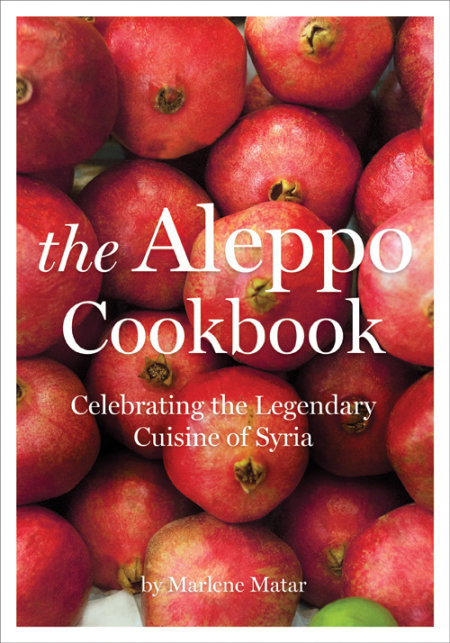


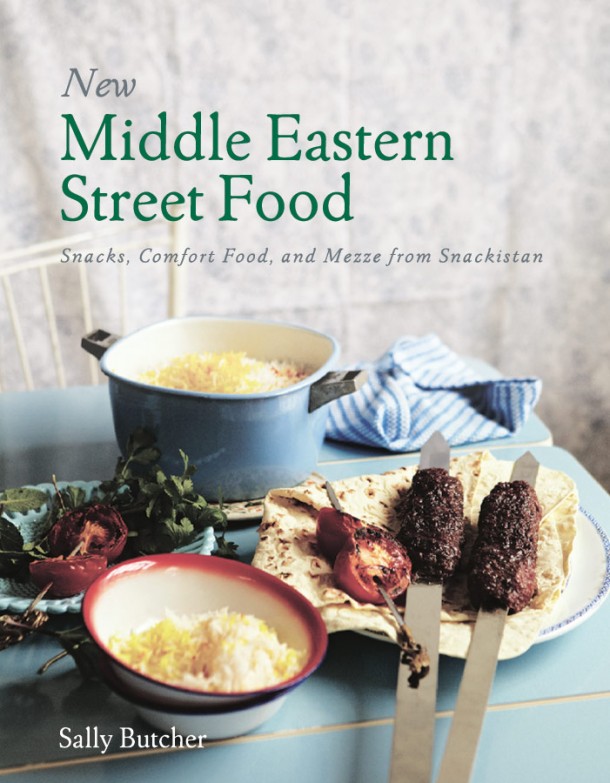
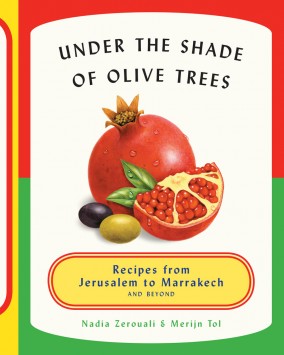
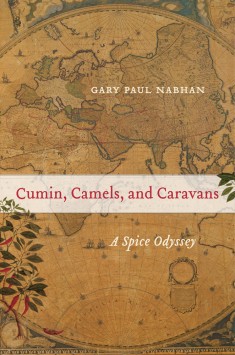

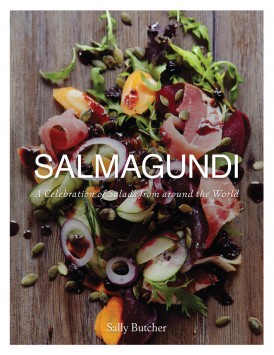
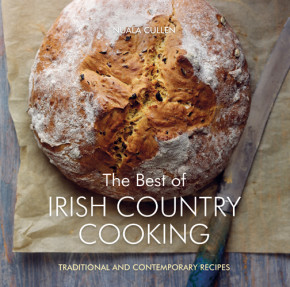
Leave a Reply